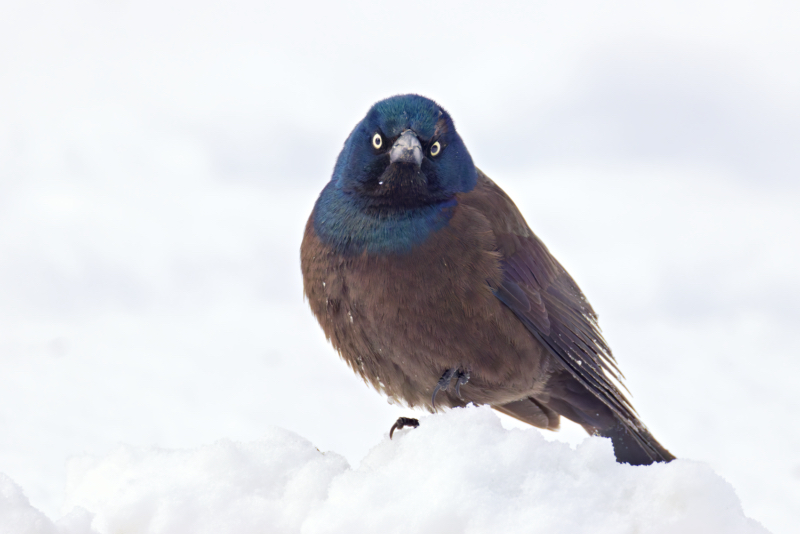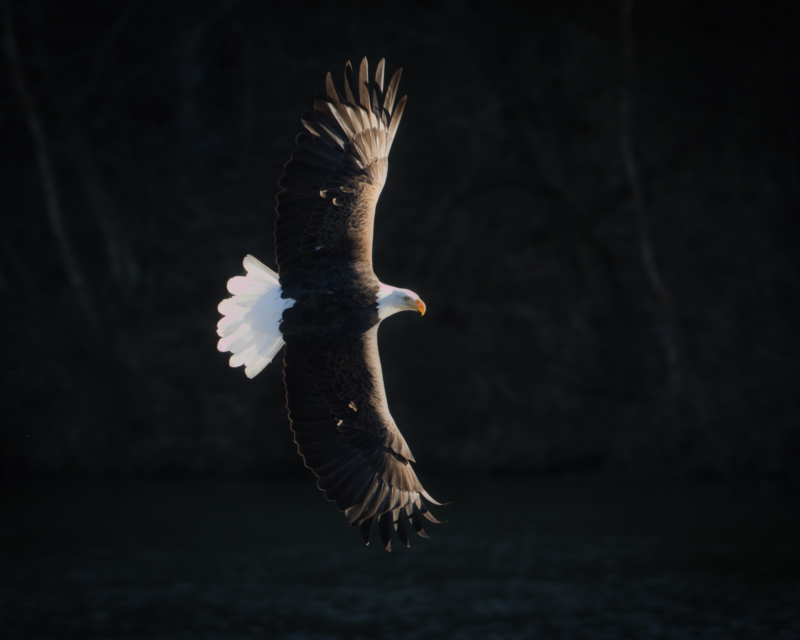High-key and low-key photography can turn ordinary wildlife photos into stunning works of art by utilizing different lighting techniques. These two styles allow photographers to create distinct moods and atmospheres, making images more impactful. This guide will help you master both styles and enhance your wildlife photography skills.
Understanding High-Key and Low-Key Photography
High-Key Photography
- Definition: Bright, soft, and evenly lit images with minimal shadows.
- Mood: Creates a serene, elegant, or dreamy feel.
- Best for: White or light-colored animals, birds in flight, or mammals in snowy environments.
Low-Key Photography
- Definition: Dark and moody images with deep shadows and strong contrast.
- Mood: Adds mystery, power, or intensity to your composition.
- Best for: Predators, nocturnal animals, and birds of prey.
High-Key Wildlife Photography: How to Capture Stunning Shots

1. Use Soft, Diffused Lighting
- Shoot on overcast days or in shaded areas to avoid harsh shadows.
2. Choose a Bright Background
- Utilize snow, the sky, mist, or water to create a clean and airy aesthetic.
3. Adjust Your Exposure
- Increase brightness (+1 to +2 EV) to minimize shadows and maintain a luminous effect.
4. Camera Settings
- Use a wide aperture (f/2.8 – f/5.6) and a low ISO (100–400) to keep images bright and soft.
Low-Key Wildlife Photography: Techniques for Dramatic Images

1. Seek Strong, Directional Light
- Shoot during early morning or late afternoon when shadows are deep and pronounced.
2. Select a Dark Background
- Position your subject against shadowed or deep-colored backgrounds to enhance contrast.
3. Adjust Your Exposure
- Slightly underexpose (-1 EV) to preserve deep blacks and intensify shadows.
4. Camera Settings
- Use a smaller aperture (f/8 – f/11) and increase ISO if necessary to retain details in darker areas.
Post-Processing High-Key and Low-Key Photography
Editing High-Key Photos
- Brighten highlights, reduce shadows, and apply soft contrast for a delicate, ethereal effect.
Editing Low-Key Photos
- Deepen blacks, enhance shadows, and adjust contrast for a bold, striking impact.
Final Thoughts
Mastering high-key and low-key wildlife photography can elevate your artistic vision and create visually compelling images. Whether capturing the soft beauty of a bright, airy scene or the intense drama of a shadowed composition, these techniques will help bring depth and emotion to your wildlife photography.
Tomorrow’s topic: “Photographing Fast-Moving Wildlife: Expert Tips for Sharp Shots” Stay tuned!
